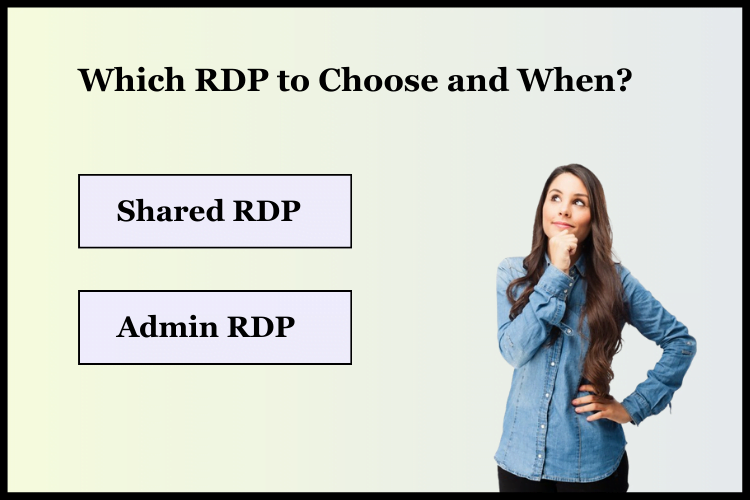 April 2, 2024
April 2, 2024
What Is The Difference Between Shared RDP And Admin RDP?
Summary

Article Name
What Is The Difference Between Shared RDP And Admin RDP
Description
Remote Desktop Protocol (RDP) is a pivotal technology in today's interconnected digital landscape. It facilitates remote access to computers, allowing users to control and manage systems from a distance.
Author
Dikshita
Publisher Name
Buy RDP
Publisher Logo




Leave a comment